Mexican drug cartels are stepping up their high-tech war against U.S. sovereignty by increasingly using drones to track and evade Border Patrol agents along the U.S. southern border. Rather than relying on human scouts, the criminal organizations are turning to aerial surveillance to monitor law enforcement movements, smuggle drugs, and guide illegal immigrant crossings.
Reports indicate that Mexican drug cartels are shifting away from older surveillance methods, like using human scouts with radios, phones, and binoculars, to drones for tracking U.S. Border Patrol activity. This change comes as many of the lookouts have been exposed, targeted, or captured by rival groups, making them less effective and more vulnerable. Drones now offer the cartels a safer, more efficient way to coordinate movements and monitor law enforcement.
“We see the drones every day. The cartels use the drones to identify where the authorities are and how they can manage entries,” Walter Slosar, the appointed interim Chief Agent of the Border Patrol’s El Paso Sector. “We are trying to identify exactly where they are to stop that tactic.”
Slosar stated that agents in El Paso are collaborating with partner agencies in Mexico to enhance security efforts on the ground, in the air, and underground.
“Do I worry? I worry about everything: land, air, underground,” Slosar said. “We are trying to make sure the border is safe on both sides. That is why we work with federal, state, and community partners – to identify where they are using the drones and what we have to do to combat them.”
Cartels started using drones in 2008 as a way to deliver contraband into prisons. Since then, their methods have evolved from simple smuggling missions to conducting live aerial surveillance. As it has become harder to find young people willing to serve as lookouts, particularly in areas with a strong law enforcement presence, drones have taken over that role, offering a safer and more efficient option. Now, these devices aren't just used for monitoring authorities—they’ve also been turned into weapons, equipped with explosives to target rival groups, police, and military forces.
Recommended
Reports indicate that recruits serving as lookouts are now being trained to operate drones—a safer alternative to being caught physically working with local cartels.
Earlier this year, cartels in Mexico used a drone to launch a bomb attack on National Guard forces in southern Chihuahua. They've also deployed drones to strike rival groups and civilian areas in the states of Michoacán and Guerrero. Both Mexican and U.S. authorities have confirmed that gangs have used drones to drop drugs across the border into El Paso.

















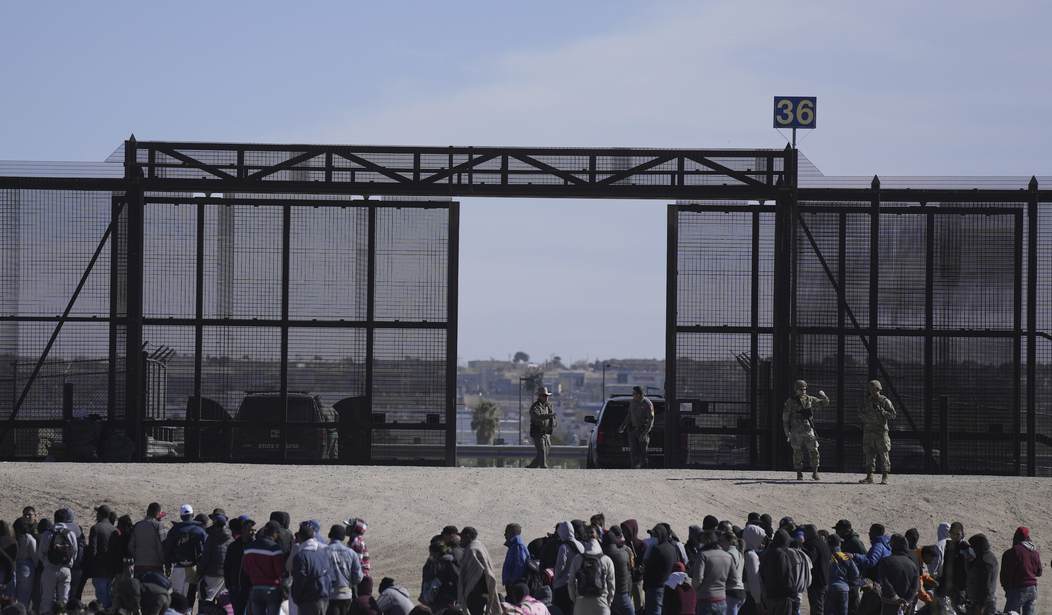
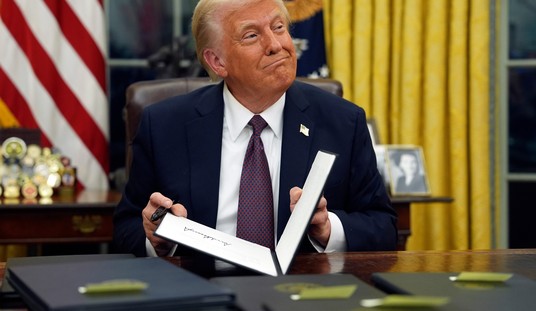

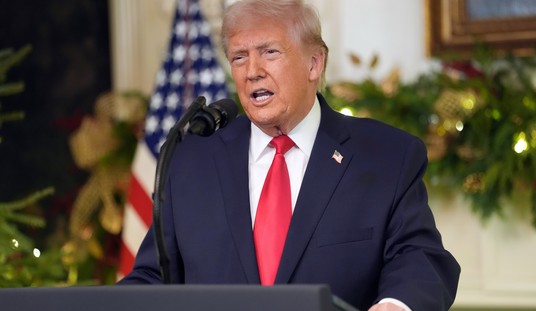
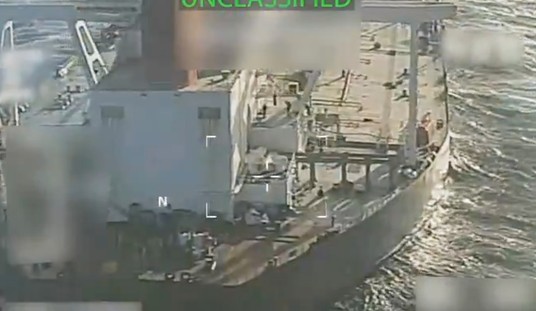


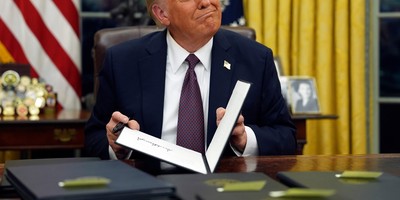
Join the conversation as a VIP Member